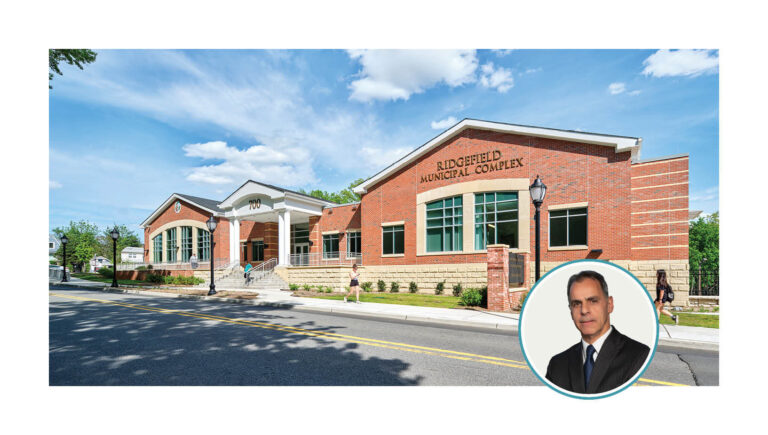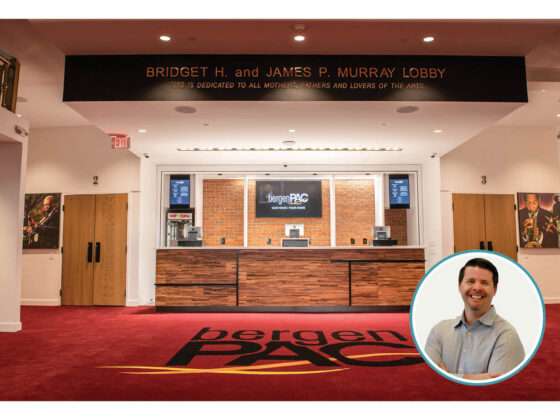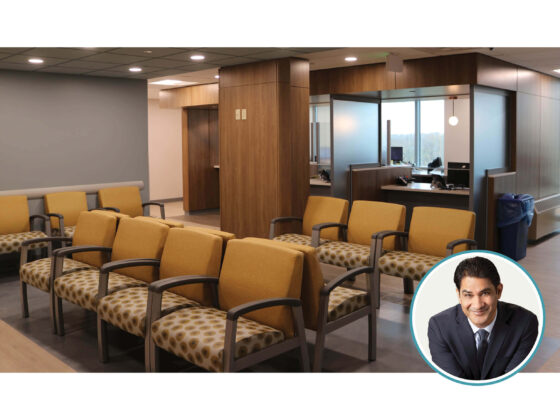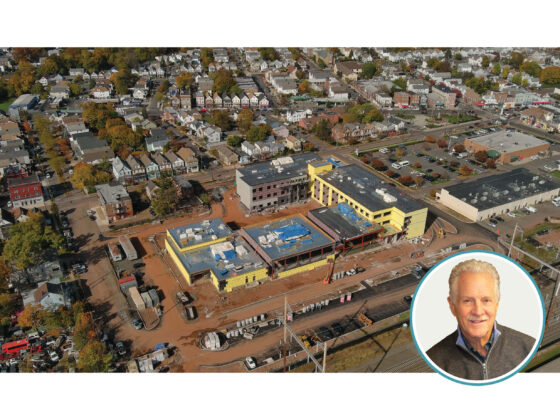Some of the best untapped development opportunities may be held by municipalities whose well-located but outdated schools and administrative buildings can be relocated, unlocking value that can be then used to finance new facilities elsewhere.
DMR has had an up-close view of municipal innovation in two recent situations that solved the problem of locating and financing much-needed reinvention of public buildings without undue pressure on the tax base. In New Brunswick, an antiquated elementary school became the site of a new cancer center for RWJBarnabas Medical Center and Rutgers Cancer Institute, with a new school developed on another city-owned site featuring modern educational resources and functionality that the old building could never accommodate.
In addition to addressing rapidly evolving educational needs, the New Brunswick program had at its heart two dynamics that are dominating the current real estate landscape: the boom in healthcare-oriented development that pushed RWJBarnabas Health, in partnership with Rutgers Cancer Institute of New Jersey, to create a new facility for cancer treatment; and the massive pressure to repurpose and scale-up sites in the face of downtown redevelopment.
In Ridgefield leadership declared its former Borough Hall site on Broad Avenue as an area in need of redevelopment to facilitate a sale, and constructed a brand-new municipal complex on property it already owned that offered superior access and parking. Here the requirement was for municipal services and public safety rather than education, but the driving economic concepts were the same, albeit on a smaller scale in terms of the project itself and the community in which it sits.
Each site represented interesting challenges, and each found their solution in an unusual place: Ridgefield was a perfect match for alternatives to the traditional municipal bidding process, resulting in it contracting for a fixed-price that greatly reduced its risk. And New Brunswick had DEVCO, the City’s vaunted redevelopment resource, at its disposal for both financial and planning solutions.
While residents can sometimes have sentimental feelings about municipal buildings, in both these cases when my colleagues at DMR dug just below the surface, we found that their occupants were eager to trade into something more modern and that there would be no meaningful resistance to moving from within. That tells an important story: that pragmatism about getting the job done overcomes sentimentality among the user-constituents, and once the fiscal and productivity story is told, civil servants and residents alike quickly get on board with making a change.
As schools, police stations, city halls, parking facilities, public works depots and municipal garages age out of their relevance, and as renovation costs continue to be nearly as high as constructing new facilities, we expect to see more of our municipal clients not only updating their facilities, but also turning into the next generation of insightful real estate developers.





